Health And Safety and first aid
Much is made of the health and safety culture – most of it negative. However, health and safety is simply a common-sense approach to minimising the risk of harm or
injury. It uses a methodical and logical procedure to do this which allows you to put in place appropriate measures to manage an incident, for instance, training first aiders and providing them with the appropriate equipment.
Health and safety requirements come from:
- legislation
- best practice
- the organisation’s policies
- an assessment of the risks in the environment and the activities taking place there.
As a first aider, you must be aware of these requirements and how they affect you.
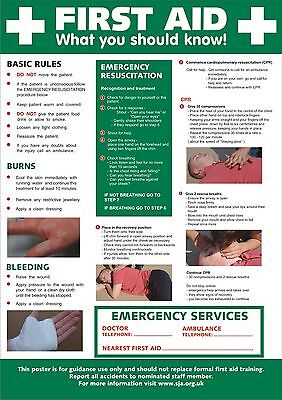
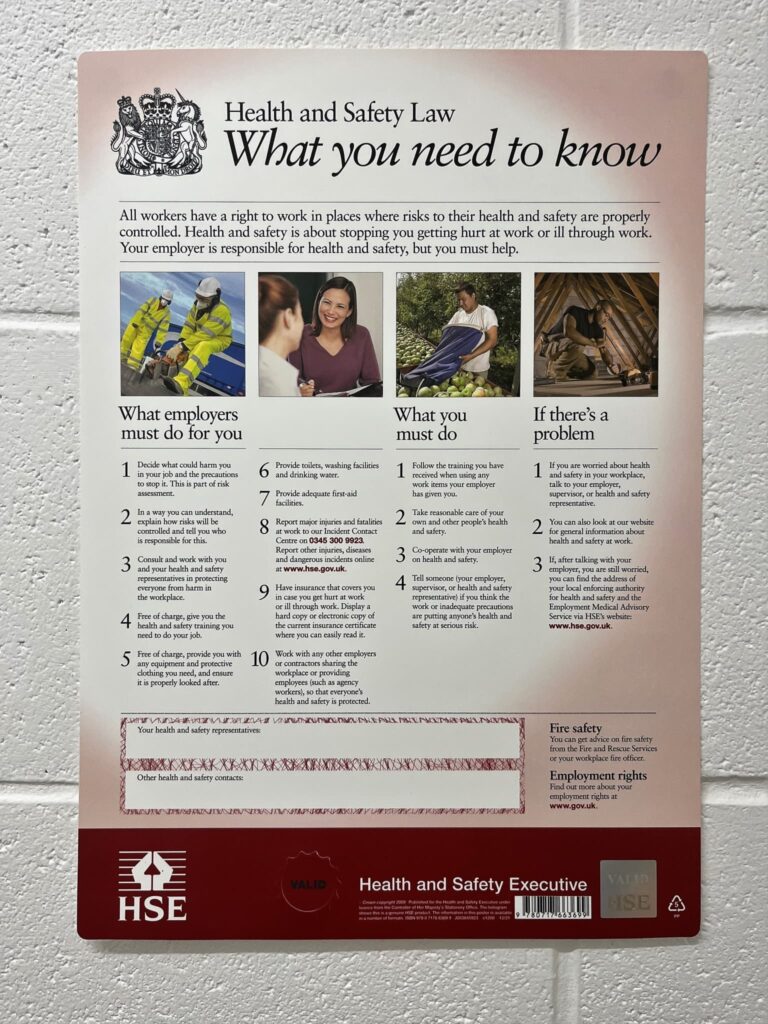
First Aid Risk Assessment
In the UK, conducting a First Aid Risk Assessment is a legal requirement for all employers under the Health and Safety (First-Aid) Regulations 1981. The aim is to ensure “adequate and appropriate” first aid equipment, facilities, and personnel are provided to enable immediate attention if employees are injured or become ill at work.
It’s not a one-size-fits-all approach; what’s “adequate and appropriate” depends entirely on your specific workplace and its circumstances.
Here’s a breakdown of how to conduct a First Aid Risk Assessment in the UK, along with key considerations:
1. Understand Your Legal Obligations (HSE Guidance):
- The Health and Safety (First-Aid) Regulations 1981: This is the core legislation.
- HSE Guidance L74 “First Aid at Work”: This Approved Code of Practice and guidance provides practical advice on how to comply.
- Duty to employees: Employers must ensure employees receive immediate attention if injured or taken ill at work, regardless of whether the illness/injury is work-related.
- Self-employed: Self-employed individuals also have a duty to provide adequate and appropriate first aid for themselves.
- Non-employees: While not a legal duty, the HSE strongly recommends including non-employees (e.g., visitors, customers, children in schools) in your first aid needs assessment and making provisions for them.
2. The Assessment Process – Key Factors to Consider:
You need to systematically evaluate your workplace to determine your first aid needs. This assessment should consider:
- Nature of the work and workplace hazards/risks:
- Low-risk environments (e.g., offices, shops, libraries): Typical hazards might be slips, trips, falls, minor cuts, strains, and general illnesses.
- Medium to high-risk environments (e.g., factories, warehouses, construction sites, laboratories, workshops): Consider specific hazards like dangerous machinery, hazardous substances (chemicals, biological agents), electricity, working at height, manual handling, extreme temperatures, confined spaces, and field work. The potential for more serious injuries (burns, fractures, deep cuts, eye injuries) is higher.
- Special hazards: Does your work involve anything unusual requiring specialist first aid training or equipment (e.g., hydrofluoric acid burns, anaphylaxis, severe allergic reactions)?
- Accident history: Review your accident book and incident records (including RIDDOR reports) to identify patterns, common injuries, or recurring risks. This provides valuable insight into what type of first aid incidents are most likely.
- Size of your workforce:
- Very small workplaces (e.g., fewer than 5 employees, low risk): An “appointed person” (someone responsible for first aid arrangements and calling emergency services) and a basic first aid kit might suffice.
- Larger workplaces: The more people, the higher the statistical chance of an incident.
- HSE General Guidance (not mandatory, but a good guide):
- Low-risk: 1 Appointed Person for fewer than 25 employees; 1 EFAW (Emergency First Aid at Work) trained first aider for 25-50; 1 FAW (First Aid at Work) trained first aider for every 100+ (or part thereof).
- Medium to High-risk: 1 Appointed Person for fewer than 5 employees; 1 EFAW trained first aider for 5-50 employees; 1 FAW trained first aider for every 50+ (or part thereof).
- Work patterns and distribution of employees:
- Shift work/out-of-hours: Ensure adequate first aid cover is available at all times.
- Lone workers, remote workers, or travelling employees: They may need a personal first aid kit and clear procedures for seeking help.
- Spread-out sites/multiple floors/buildings: You may need multiple first aid points and more first aiders to ensure quick response times.
- Absences of first aiders/appointed persons: What happens if your designated first aider is on holiday, sick, or attending training? You must have contingency plans.
- Remoteness from emergency medical services: If your workplace is far from a hospital or ambulance station, you might need more comprehensive first aid arrangements (e.g., more advanced training, additional equipment like AEDs).
- Specific employee needs: Consider employees with known health conditions (e.g., epilepsy, diabetes, severe allergies, asthma, pregnant workers, those with disabilities). This might require specific training or medication knowledge (e.g., how to administer an EpiPen).
- Work on shared/multi-occupancy sites: Clearly define first aid responsibilities with other employers or site managers.
3. What Your Assessment Should Determine (First Aid Provisions):
Based on your assessment, you will decide on:
- First Aiders/Appointed Persons:
- How many are needed?
- What level of training (Emergency First Aid at Work (EFAW) or First Aid at Work (FAW)) is appropriate?
- Where should they be located?
- How will they be alerted in an emergency?
- Ensure they have valid certificates and undergo annual refreshers.
- First Aid Equipment (First Aid Kits):
- How many kits are needed and where should they be located?
- What contents are appropriate for your specific hazards? (HSE provides a minimum recommended list for low-risk environments, but you might need more specialist items).
- Ensure kits are clearly marked (white cross on green background), accessible, kept stocked, and items are in date. Medicines should generally not be kept in first aid kits.
- First Aid Facilities:
- Do you need a dedicated first aid room? This is usually required for larger or higher-risk workplaces. If so, it should be easily accessible, adequately sized, have washable surfaces, hot and cold running water, heating, lighting, and ventilation.
- Information for Employees: All employees must be informed of the first aid arrangements, including the location of equipment and who the first aiders/appointed persons are.
- Record Keeping: Maintain a record of all first aid incidents (even minor ones) and the treatment given. This helps to identify trends and informs future risk assessments. An accident book (e.g., HSE BL510) is a legal requirement.
4. Review and Update:
Your first aid risk assessment is not a one-off task. It should be reviewed:
- Regularly: At least annually is good practice.
- After any significant incident or accident: To see if current provisions were adequate.
- When there are changes in work patterns, processes, or personnel: (e.g., new machinery, new chemicals, increased workforce, new shifts).
- When there are changes to the workplace layout.
- If there are changes in legislation or guidance.
Example Structure of a First Aid Risk Assessment:
While there’s no single template, a good assessment typically includes:
| Section | What to Include |
| 1. Basic Details | Location, Date of Assessment, Assessor Name, Date of Next Review. |
| 2. Workplace & Activity Description | Brief overview of the workplace, main activities, typical number of employees/visitors. |
| 3. Identification of Hazards & Risks | List potential injuries/illnesses specific to your workplace. Consider past incidents. |
| 4. Workforce Analysis | Number of employees, shift patterns, lone workers, remote workers, any employees with specific health needs. |
| 5. Current First Aid Provisions | List current first aiders (names, qualifications, expiry dates), appointed persons, number/location of kits, first aid room (if any). |
| 6. Assessment of Needs | Based on the above, determine: <br>- How many first aiders/appointed persons are needed?<br>- What level of training?<br>- How many first aid kits/what contents?<br>- Is a first aid room needed?<br>- Are there any specific training/equipment needs (e.g., AED, EpiPen)? |
| 7. Actions Required | Outline any gaps or improvements needed (e.g., “Train 2 more FAW first aiders,” “Purchase additional kits for X area,” “Relocate first aid notice board”). |
| 8. Responsible Person & Completion Date | Who is responsible for implementing actions and by when. |
| 9. Communication | How will employees be informed of the first aid arrangements? |
| 10. Record Keeping | How will incidents be recorded? |
By carrying out a thorough First Aid Risk Assessment, employers can ensure they meet their legal obligations and, more importantly, provide effective and appropriate first aid to protect the health and safety of everyone in the workplace.
Suggested numbers of first-aid personnel
to be available at all times people are at work
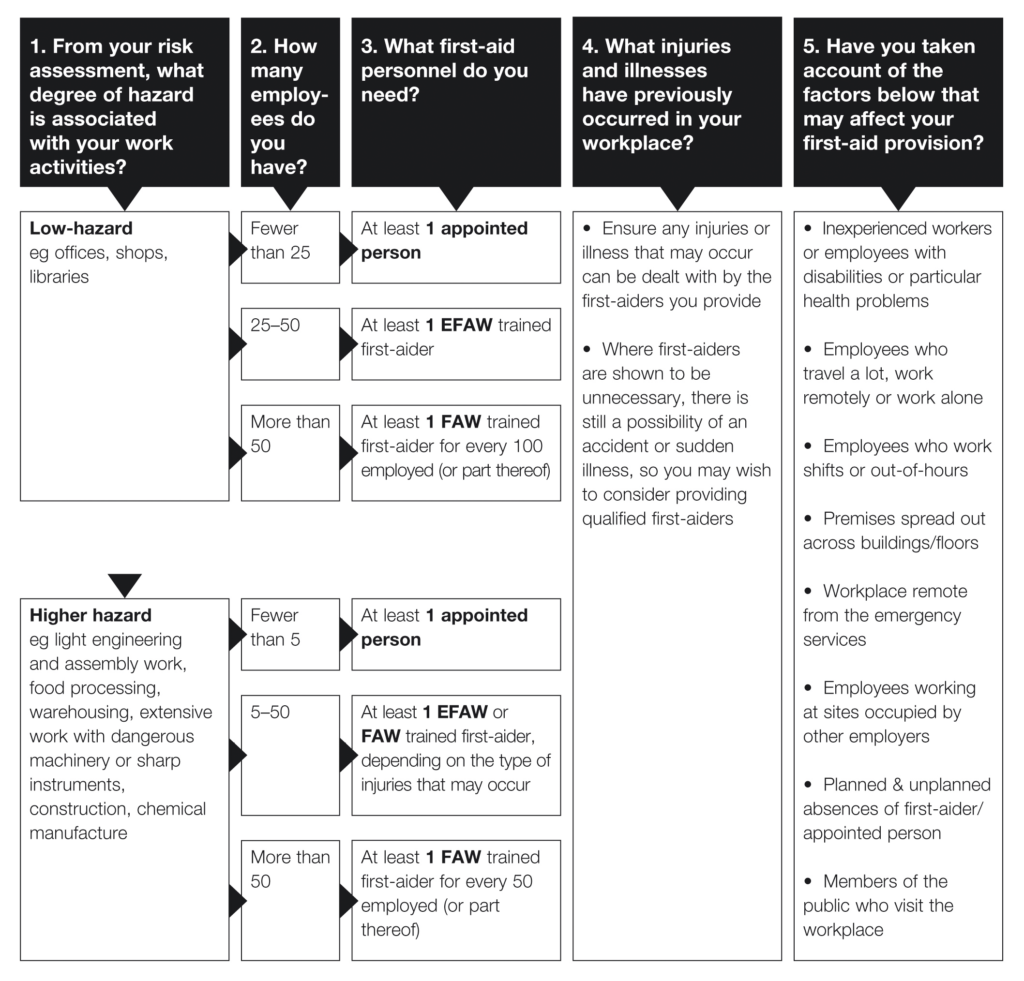
First aid kits
There is a legal requirement for workplaces, schools and other publicly used buildings, such as libraries, shopping centres, leisure centres and stations, to have first aid kits. First aid kits must also be available for events and meetings, for example, at Brownie camp, at Saturday morning football or at the village Christmas concert. Passenger-carrying vehicles are also required to carry a first aid kit.
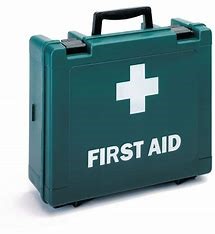
Let’s Look At the Additional Kit!
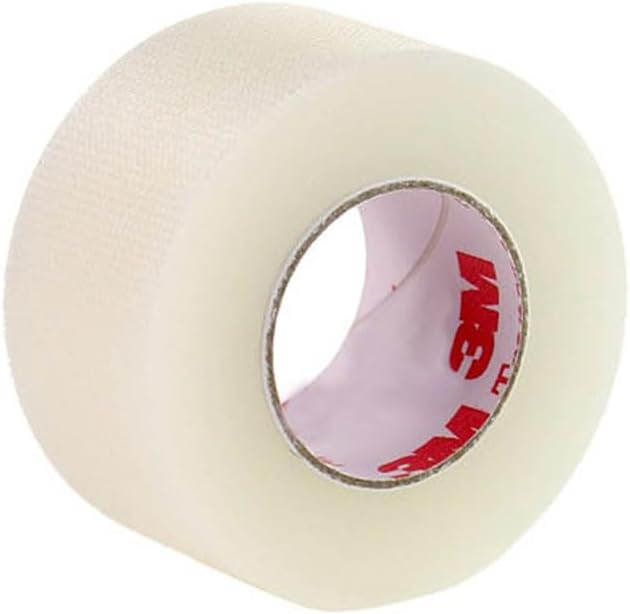
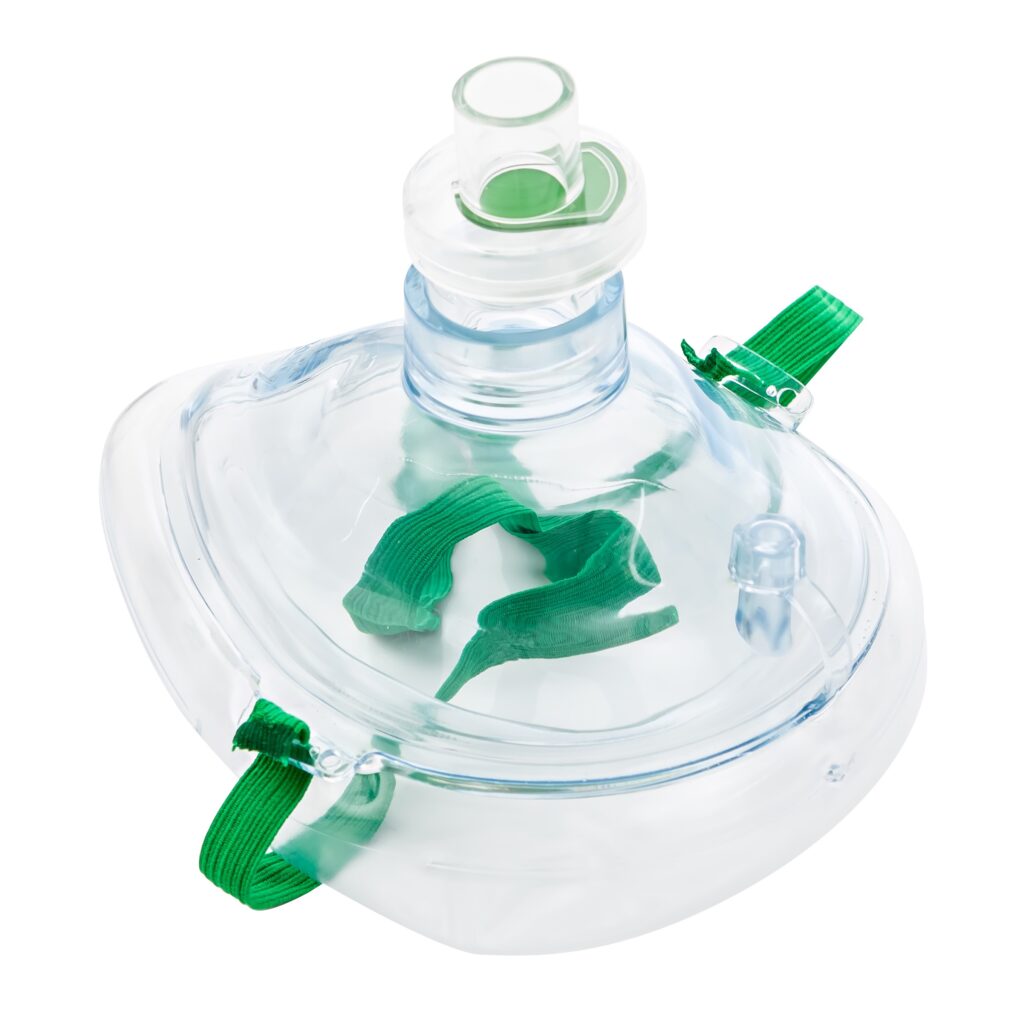
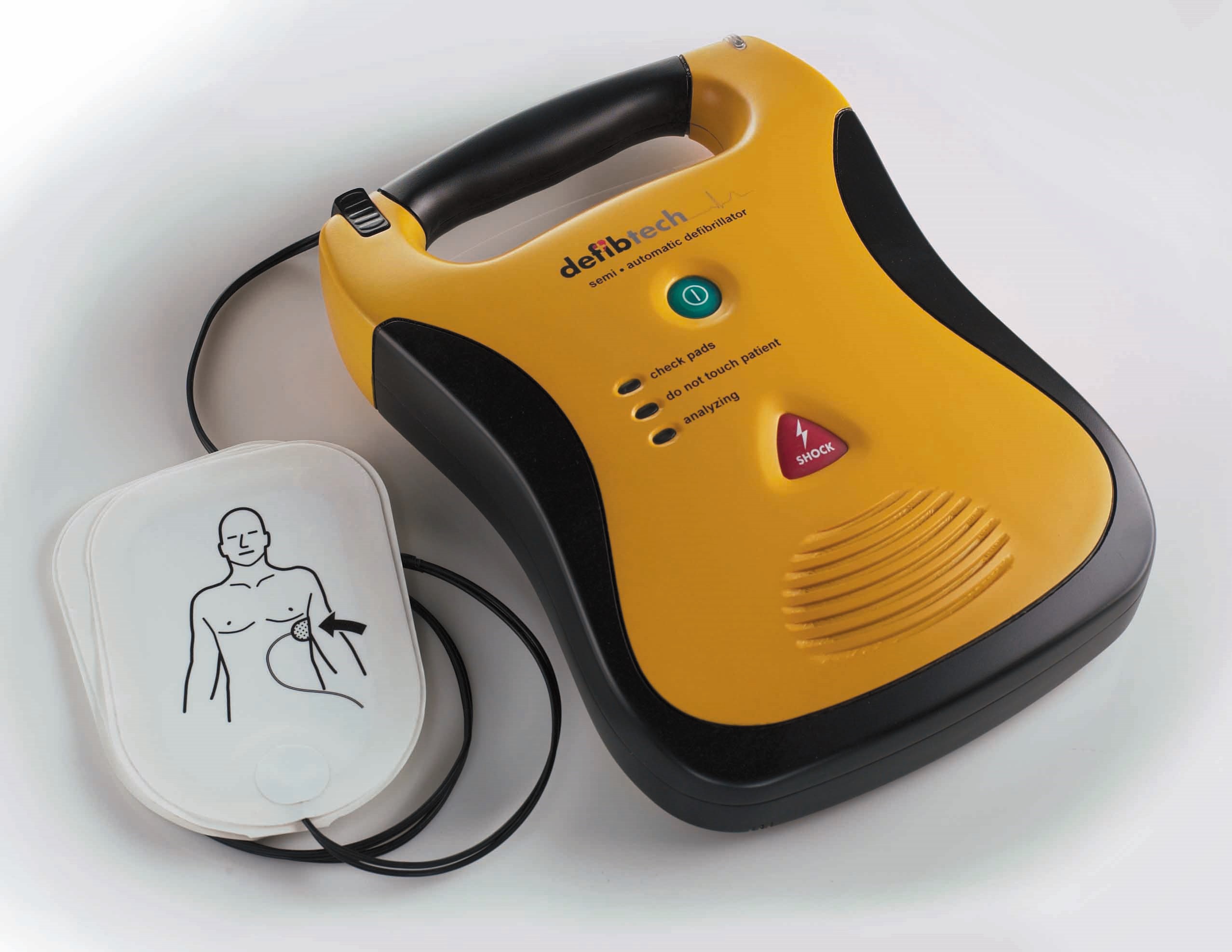
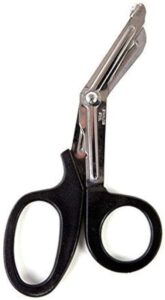

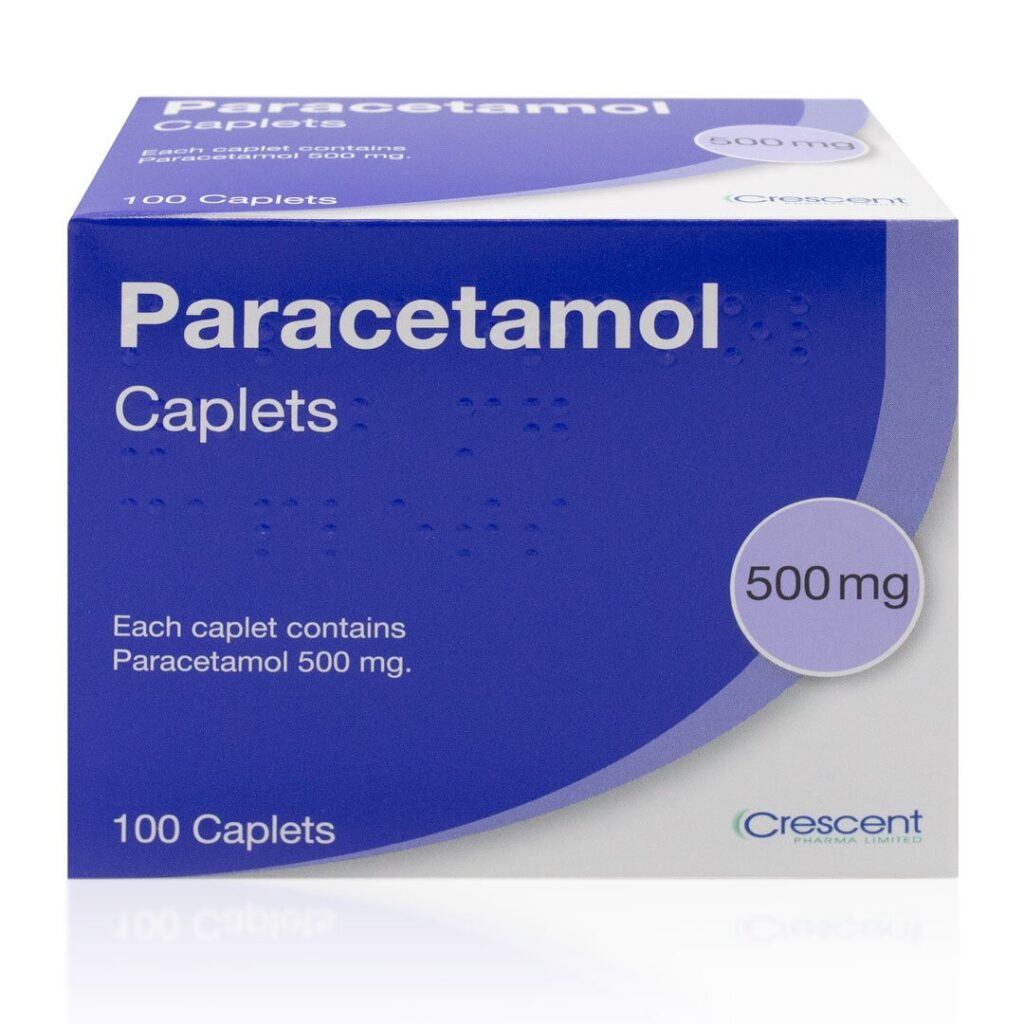
IMPORTANT!
Medication must not be kept in a first-aid box. In an emergency only give medication prescribed to that person i.e. Inhaler
